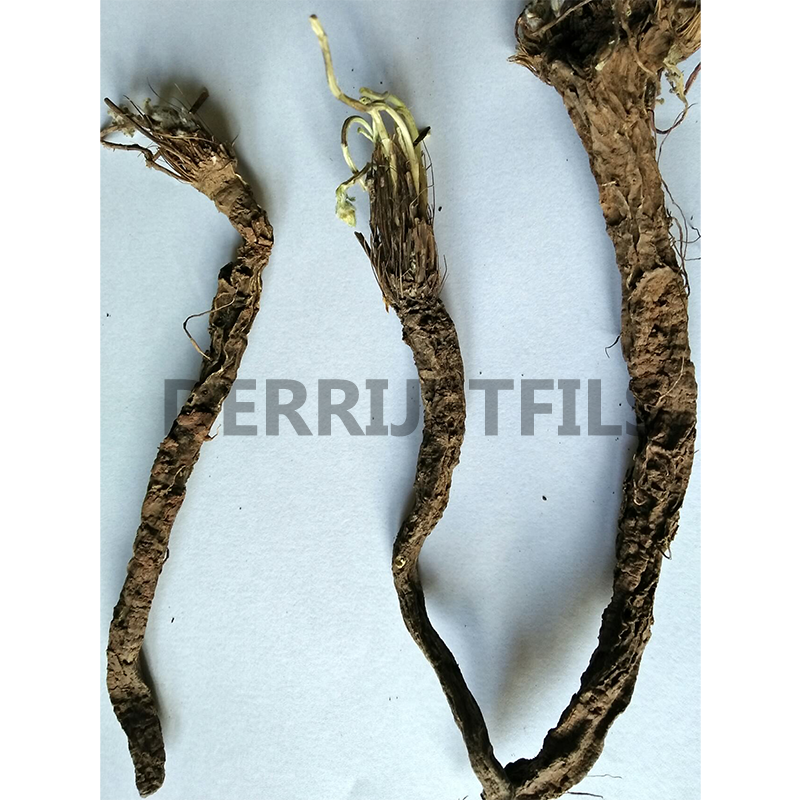Pellitory (Parietaria officinalis)
Pellitory is a perennial herb native to the Mediterranean regions, including parts of Morocco, and is commonly found growing in walls, cracks, and rocky areas. Known for its green, lance-shaped leaves and small, inconspicuous flowers, Pellitory has been used in traditional medicine for centuries. This plant is often considered an herb of longevity due to its numerous health benefits, including its anti-inflammatory and diuretic properties.
Benefits & Uses
✅ Medicinal Uses: Pellitory is traditionally used for its diuretic, anti-inflammatory, and antioxidant properties. It helps with urinary tract infections, kidney stones, and bladder issues. It is also used to alleviate coughs and respiratory problems.
✅ Skin Care: The plant's leaves and extracts are sometimes used in topical applications to treat skin irritations and eczema, thanks to its soothing and anti-inflammatory qualities.
✅ Digestive Health: Pellitory is used to stimulate appetite and support digestion, often consumed in herbal teas or tinctures.
✅ Allergy Relief: Pellitory is sometimes used in allergy treatments due to its natural antihistamine effect, helping reduce symptoms like sneezing and itching.
How to Use
🌿 Herbal Tea: Pellitory can be made into a herbal tea by steeping its leaves in hot water to help with digestive health or urinary tract support.
💧 Tincture: Pellitory tinctures are available for those seeking a concentrated form of the plant to address issues like inflammation or respiratory discomfort.
🧴 Topical Application: Pellitory leaves can be applied directly to the skin for soothing and anti-inflammatory effects, especially for conditions like eczema.
🌸 In Perfumery: Pellitory's mild, green aroma is sometimes used in natural perfumes for its freshness and herbaceous quality.
Technical Data Sheet
|
Parameter |
Details |
|
Scientific Name |
Parietaria officinalis |
|
Family |
Urticaceae |
|
Origin |
Native to the Mediterranean, including parts of Morocco |
|
Appearance |
Green, lance-shaped leaves; small, green flowers |
|
Aroma |
Mild, herbaceous, slightly grassy |
|
Active Compounds |
Flavonoids, tannins, saponins |
|
Uses |
Medicinal (diuretic, anti-inflammatory), skin care, digestive health, allergy relief |
|
Harvesting |
Leaves can be harvested in spring and summer; flowers bloom in late spring |
|
Storage Conditions |
Store dried leaves in a cool, dry place away from direct sunlight |


 ESSENTIAL OILS
ESSENTIAL OILS  Fresh Bulbs
Fresh Bulbs  GUMS
GUMS  HERBAL ROOTS
HERBAL ROOTS  HERBAL TEAS
HERBAL TEAS  MINERALS
MINERALS 





